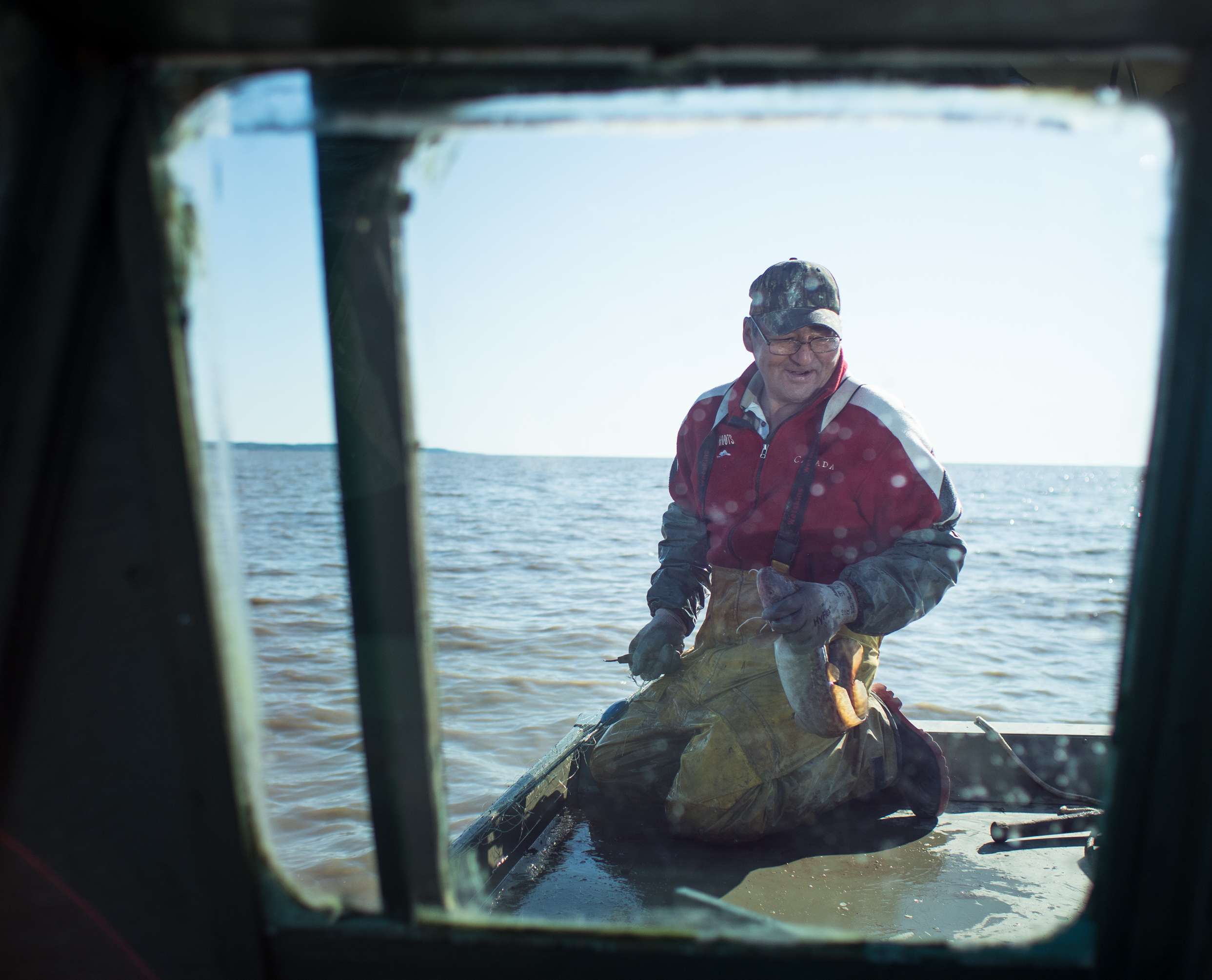
A deadly disease is killing millions of bats. Now Trump funding cuts threaten a promising Canadian treatment
At a crucial point in their research, biologists are scrambling to find new support for...
Aliénor Rougeot is the climate and energy program manager for Environmental Defence.
Since the dawn of the oilsands, toxic waste has been left over from the industry’s operations. Often benignly called “tailings ponds,” Canada’s governments have so far failed to get oil companies to clean up their mess.
The latest industry-led “clean-up” approach of dumping partially treated tailings into the Athabasca River — which the federal government is poised to approve — risks creating an environmental and human health disaster so far unseen in the oilsands.
Today, Alberta’s tailings are the largest in the world, equating to 1.7 times the size of Vancouver. According to a recent report from the Alberta Energy Regulator, tailings are growing, and will continue to do so as industry ramps up production. Despite industry assurances, there is irrefutable evidence tailings are leaking into groundwater.
Dumping partially treated toxic tailings into a source of drinking water when so little government research and science exists about the risks this approach poses would be irresponsible and a violation of Indigenous Rights. There is no independent science that shows dumping oilsands tailings in fresh water can be done safely for human health and the environment. Alberta’s tailings contain 300 chemicals, including mercury, arsenic, cyanide, benzene, lots of salt and naphthenic acids, all of which pose a risk to the health of the Athabasca River, the wildlife it hosts and the people who depend on it.
This is a crisis few Canadians know much about. What is required to protect the local communities, their drinking water and the land is immediate federal government action to reject the industry-led solution to dump “treated” tailings into Athabasca River, and help to find a safer solution, even if it costs more.

A growing group of environmental organizations, local Indigenous groups, scientists and social justice groups are proposing some key interim solutions which the federal government should support.
To begin, the federal government should cap oilsands production to stop the rapid growth of toxic tailings. Then, industry should recycle the toxic waste instead of immediately dumping it. Industry already recycles much of its wastewater, but not what it dumps as tailings.
Suncor, for one, says it cannot re-use this waste due to its high salt content. However, the salt can be removed through desalination to allow full recycling. So why don’t they do it? Cost — desalination is more expensive than dumping tailings into fresh water.
The oil and gas industry, one of the most profitable in the world, has had more than 50 years to put aside funds required for cleanup. Cost should not be an excuse.
However, the federal government seems to have listened to the call of industry and has already started developing new regulations to approve dumping the tailings into the Athabasca River. This is the same government that has promised to ensure all First Nations have access to clean drinking water and has proposed amending the Canadian Environmental Protection Act so every person living in Canada has a right to a healthy environment.
There is still time for Ottawa to change course. It has the jurisdiction to do what’s needed and enforce the Fisheries Act, which would hold companies accountable for the leaking ponds and demand they take action to address the leaks. It can include tailings ponds in its risk assessment of naphthenic acids, to start the process of having information on the risk the tailings pose to the surrounding environment. It can closely collaborate with provinces and industry to push for a treat and reuse, not treat and release, approach.
First Nations and Métis communities, as rights holders, should have seats at the decision-making table alongside federal, provincial and industry representatives. Solutions to this crisis must be rooted in independent science. Any option that increases health risks for First Nations must be fully understood and communicated before proceeding. To respond to the valid concern that current tailings could overflow, the onus must be on industry to prevent breaches and leaks, while long term clean-up solutions are developed.
Tailings ponds are far from benign — they are a looming crisis that requires a solution that works to best protect the health and safety of the Athabasca River and the people and wildlife that depend on it.
Content for Apple News or Article only Get the inside scoop on The Narwhal’s environment and climate reporting by signing up for our free newsletter. This...
Continue reading
At a crucial point in their research, biologists are scrambling to find new support for...

From True Detective to The Grizzlies, the Inuk actor is known for badass roles. She's...

Artist Alison McCreesh’s latest book documents her travels around the Arctic during her 20s. In...
